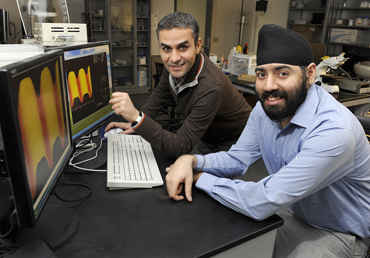OF THE
TIMES
The more I hear reports about such excessive violence perpetrated by jews (Khazars ?), the more I wonder if the claimed persecution of this group...
C'mon babylong, make it funnier. "This came about because the WH video showed Kamala hiding a bag of white powder - right, you know where - and...
Because of the recent post that HAARP can create auroras, I question whether this was a test of how effective it was. In other words, they are...
'Flesh-eating' streptococcal disease cases skyrocket in Japan in just 1 year, surge followed covid vaccine rollout What a coincidence ... :O Don't...
I think it won't take long until the French government will bring the soldiers back home - because they are needed there.
To submit an article for publication, see our Submission Guidelines
Reader comments do not necessarily reflect the views of the volunteers, editors, and directors of SOTT.net or the Quantum Future Group.
Some icons on this site were created by: Afterglow, Aha-Soft, AntialiasFactory, artdesigner.lv, Artura, DailyOverview, Everaldo, GraphicsFuel, IconFactory, Iconka, IconShock, Icons-Land, i-love-icons, KDE-look.org, Klukeart, mugenb16, Map Icons Collection, PetshopBoxStudio, VisualPharm, wbeiruti, WebIconset
Powered by PikaJS 🐁 and In·Site
Original content © 2002-2024 by Sott.net/Signs of the Times. See: FAIR USE NOTICE

Reader Comments
to our Newsletter